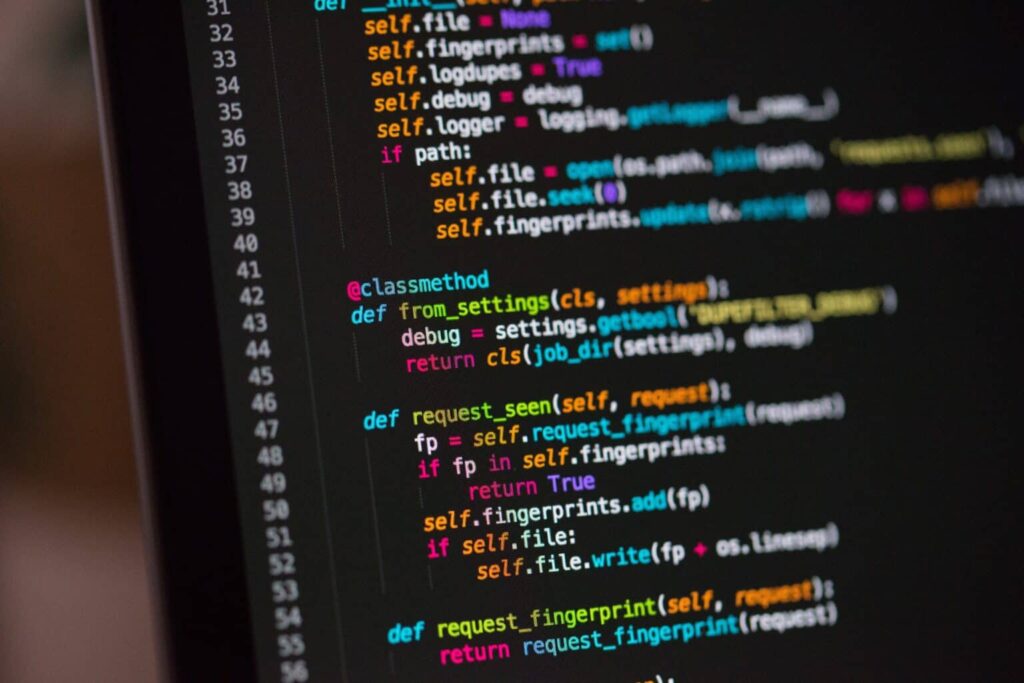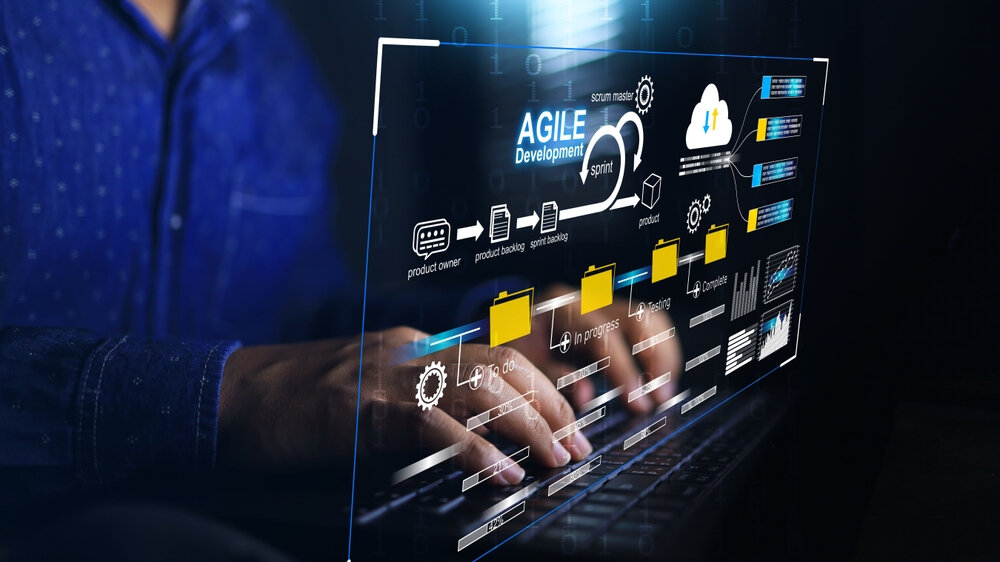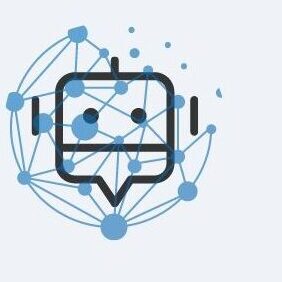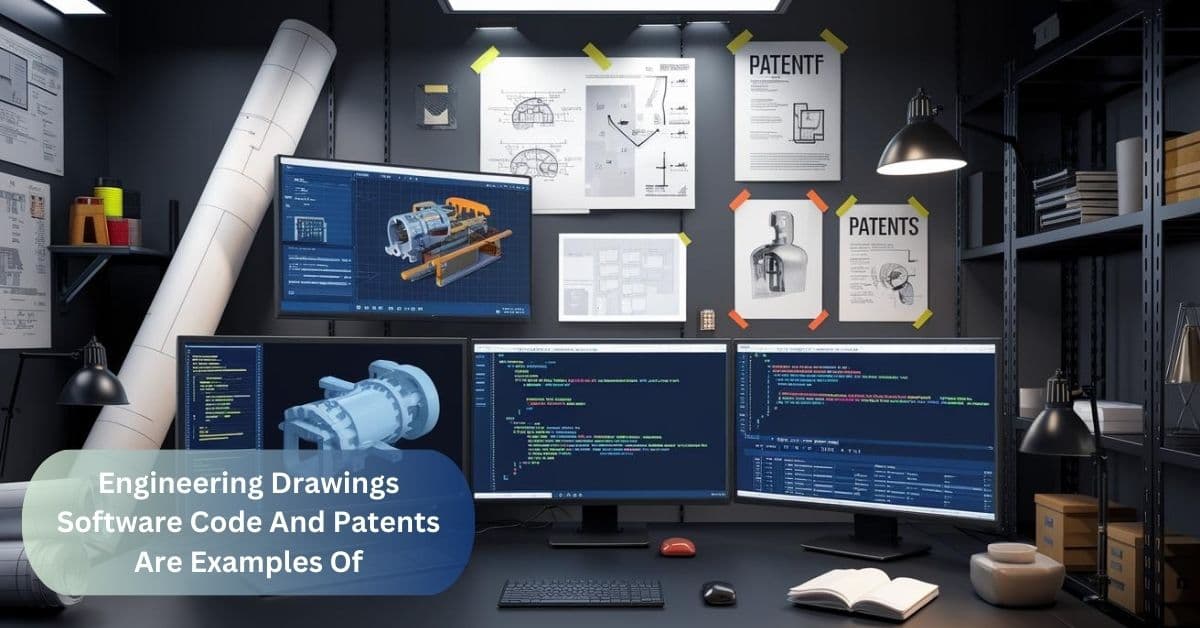In today’s fast-moving and innovative world, protecting intellectual property (IP) is more important than ever. IP helps safeguard ideas and creations, making sure that inventors, designers, and creators can protect and benefit from their work.
Engineering drawings, software code, and patents are examples of intellectual property. These are valuable creations of the mind that are legally protected to prevent unauthorized use. They help innovators safeguard their designs, digital creations, and inventions.
Three key examples of intellectual property are engineering drawings, software code, and patents. This article will explain each of these, showing why they matter and how they offer protection.
What is Intellectual Property?
Intellectual Property (IP) refers to creations of the mind, such as inventions, literary and artistic works, designs, and symbols used in commerce. It’s a broad term that covers a range of legal rights provided to individuals and businesses to protect their innovations from unauthorized use. These protections enable creators and inventors to benefit from their own work.
IP is crucial in fostering innovation, encouraging investment in R&D, and protecting economic value. Whether it’s engineering designs, software code, or patents, IP helps innovators maintain ownership and control over their creations.
Engineering Drawings: The Blueprint of Innovation

1. Definition and Importance
Engineering drawings are the technical representations of designs used in manufacturing, construction, and other engineering disciplines. These blueprints provide detailed specifications on dimensions, materials, and processes essential to creating a physical product.
They are often used in industries such as aerospace, automotive, and civil engineering to communicate precise requirements to engineers and builders.
2. Protection Under IP Law
Engineering drawings are considered intellectual property because they represent the conception of a tangible product. In the U.S., these designs can be protected under copyright law or, in some cases, through patents if the design meets certain criteria.
- Copyright: Protects the expression of ideas, ensuring that the design, if original, cannot be copied without permission.
- Patent: A design patent can protect ornamental aspects of a product’s appearance.
3. Examples and Applications
- Civil Engineering: Blueprints for bridges and buildings.
- Automotive Industry: Engineering designs for vehicles, engines, and machinery.
- Product Development: Prototypes for consumer goods.
The Interconnectedness of IP Examples:
Engineering drawings, software code, and patents often overlap in modern industries. For example, creating a new car involves engineering drawings for the body design (protected by copyright), software code for the onboard systems (protected by copyright or patents), and patents on unique technologies like fuel efficiency or safety innovations.

This interconnectedness highlights the comprehensive role of intellectual property in bringing innovation to life and safeguarding each element
Software Code: The Heart of Digital Innovation
1. Definition and Importance
Software code refers to the programming instructions that tell a computer how to perform specific tasks. It’s the foundation of digital products and services, from mobile apps to large-scale enterprise software. As technology continues to evolve, the protection of software code becomes critical in the tech industry.
2. Protection Under IP Law
Software code is typically protected under copyright law, though patents may be applied to specific software processes or algorithms.
- Copyright: Protects the written code and the software’s structure, allowing the creator to prevent unauthorized copying, distribution, and modification.
- Patent: Can protect unique algorithms or methods embedded within the software.
3. Examples and Applications
- Operating Systems: The code behind Windows, macOS, or Linux.
- Mobile Applications: Instructions that power apps like Uber or Instagram.
- Enterprise Software: Complex code running enterprise resource planning (ERP) systems.
Patents: Securing Innovations

1. Definition and Importance
A patent is a legal protection granted to an invention, giving the inventor the exclusive right to manufacture, use, or sell the invention for a specific period (typically 20 years). Patents encourage innovation by providing financial incentives to inventors while ensuring their ideas are protected.
2. Protection Under IP Law
To obtain a patent, an invention must be novel, non-obvious, and useful. Patents can be categorized into three main types:
- Utility patents: Protect functional aspects of inventions.
- Design patents: Protect the ornamental design of an object.
- Plant patents: Protect new varieties of plants.
3. Examples and Applications
- Technology: Patents for smartphones, tablets, or artificial intelligence (AI) algorithms.
- Biotechnology: Innovations in medical devices or pharmaceutical drugs.
- Manufacturing: Methods for creating new materials or products.
The Role of IP in Different Industries:
1. Manufacturing and Engineering
In the manufacturing and engineering sectors, intellectual property is crucial for protecting both the designs of products and the methods used to create them. Patents and copyrights ensure that competitors cannot replicate innovative machinery or products without permission.
2. Software Development

The tech industry relies heavily on IP, particularly in the form of software code copyrights and algorithm patents. With the rise of open-source initiatives, the balance between collaboration and protection becomes critical. Software developers need IP protection to secure their proprietary innovations while allowing open-source contributions to thrive.
3. Healthcare and Pharmaceuticals
In the pharmaceutical industry, patents are fundamental to protecting new drugs and treatments. These protections allow pharmaceutical companies to recoup research and development costs while keeping competitors from creating generic versions for a set period.
Challenges in Protecting Intellectual Property:
1. Global IP Enforcement
Protecting intellectual property across borders is complex. Different countries have varying IP laws, making it difficult for businesses to enforce rights internationally.
2. Technological Advancements

With rapid technological advancements, new methods for infringing upon IP, such as digital piracy and cyber theft, have emerged. Protecting software, in particular, has become more challenging in an era of widespread internet usage.
3. Piracy and Infringement
Piracy and IP infringement can significantly affect industries reliant on innovation. Software developers, manufacturers, and content creators face the challenge of protecting their work from illegal copying, distribution, or reverse engineering.
Best Practices for Protecting Intellectual Property:
1. Conducting IP Audits
Regularly reviewing your IP portfolio helps identify assets that need protection or updating. An IP audit ensures businesses remain proactive in safeguarding their innovations.
2. Registering IP Rights
Registering copyrights, patents, and trademarks with government agencies is the first step in establishing legal protection for intellectual property.
3. Implementing Confidentiality Agreements

For businesses dealing with proprietary technology or sensitive designs, confidentiality agreements help protect information shared with employees, contractors, or partners.
FAQ’s
1. What is intellectual property (IP)?
Intellectual property refers to creations of the mind, such as inventions, designs, and written works, that are protected by law to ensure the creator benefits from their work.
2. How are engineering drawings protected under IP law?
Engineering drawings are typically protected under copyright law and, in some cases, through patents if the design meets the necessary criteria.
3. What types of software code can be patented?
Software code itself is protected by copyright law, but specific processes or algorithms can be patented if they meet novelty, non-obviousness, and usefulness criteria.
4. What is the difference between a copyright and a patent?
A copyright protects the expression of ideas (like written code or designs), while a patent protects the idea or invention itself.
5. How long does a patent last?
Patents typically last for 20 years from the date of filing, after which the invention enters the public domain.
6. Can software be protected in multiple countries at once?
Yes, software can be protected in multiple countries, but you must apply for protection in each jurisdiction separately.
7. Why is it important to register intellectual property?
Registering intellectual property provides legal recognition and enforcement rights, making it easier to prevent unauthorized use.
8. How does IP protect innovation?
IP provides inventors and creators with exclusive rights, incentivizing them to continue developing new technologies and products.
9. What are some common IP violations?
Common IP violations include piracy, copyright infringement, trademark dilution, and patent theft.
10. What can businesses do to protect their intellectual property globally?
Businesses can protect their IP globally by registering in key markets, conducting regular IP audits, and enforcing rights through legal channels.
Closing Remarks:
In a world driven by innovation, intellectual property plays a central role in ensuring that creations, whether they are engineering drawings, software code, or patents, are protected and properly rewarded. By understanding the importance of IP and the various legal frameworks that protect it, individuals and businesses can better safeguard their innovations while contributing to global advancement.

